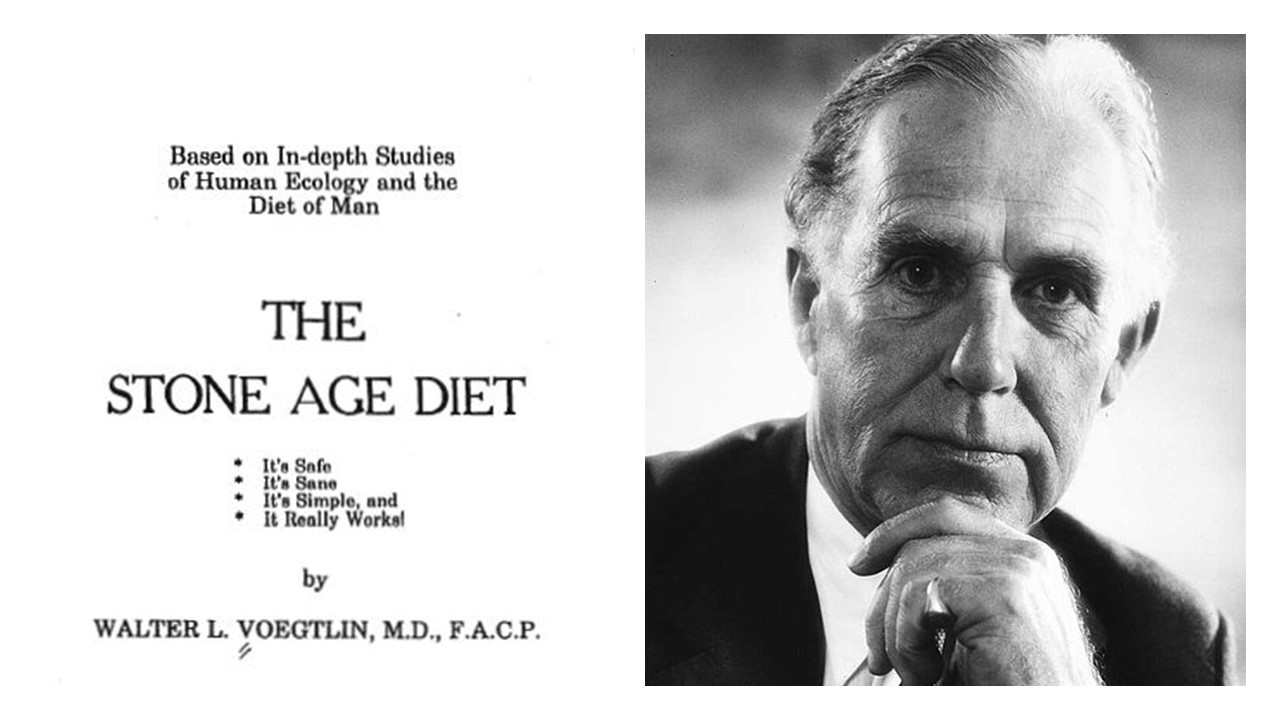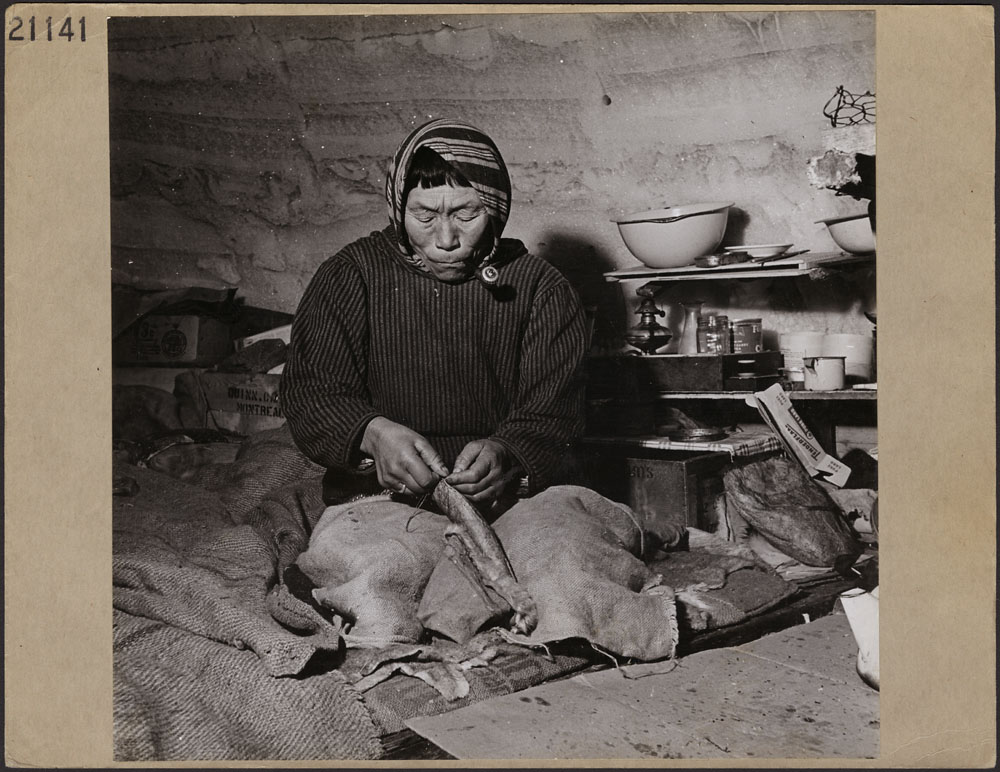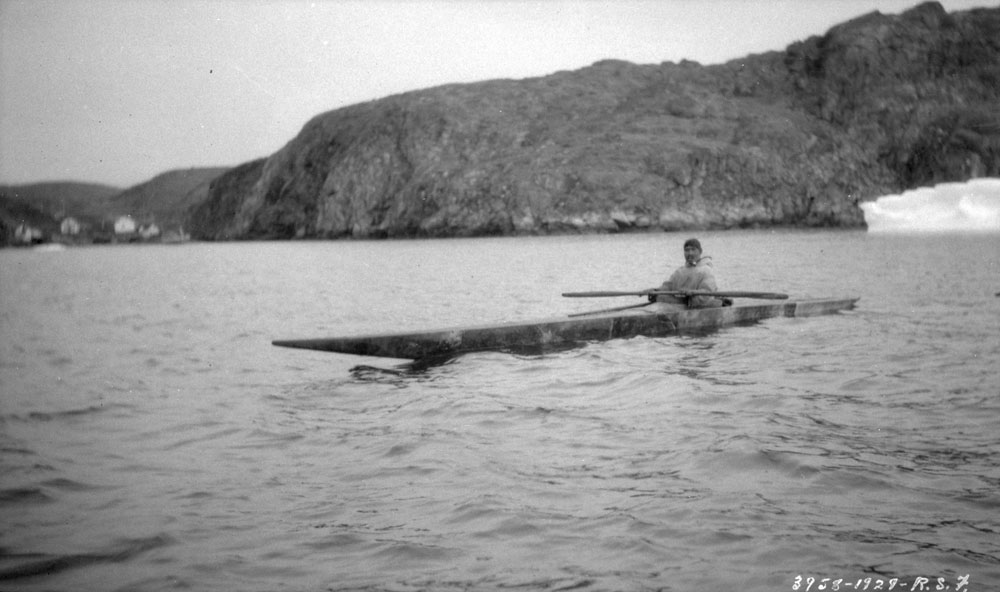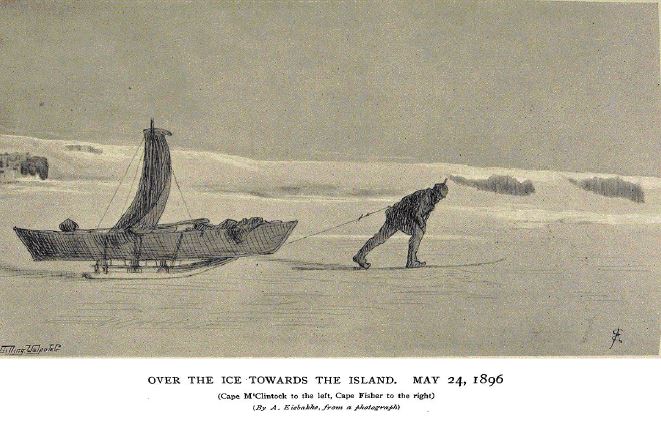If you are following the real stone age diet (which is actually the paleolithic ketogenic diet) your exercise performance will definitely improve. Yet, despite the widely held notion, a regular workout does not contribute to maintain health and recovery from disease. This may surprise many at first. But come to think of whether you know anybody who recovered from type 1 diabetes or Crohn’s disease by exercise. You may not know anybody and the medical literature does neither know any such case. By contrast, we all know many people, great sportsmen, who developed serious diseases or died young despite regular exercise.
It may be also surprising that exercise does neither contribute to weight loss if you are overweight either on a western type diet or the paleolithic diet as recently evidenced by Swedish researchers. In 2015 we have published a case where an overweight patient lost weight, at the same time got rid of a dozen of diagnoses and eight medicines without any exercise only by the paleolithic ketogenic diet. The role of exercise in maintaning health and stamina is largely overrated. Let’s see how Walter Voegtlin, who laid down the priciples of the evolutionary medicine, looked at the role of exercise in mantaining strenght and health in 1975?

Walter Voegtlin on Stone age diet and exercise – extract from his book ”Stone Age Diet”
It is well-known that carnivorous animals on a meat-fat diet, even though confined to small pens or cages for long periods of time, seem to retain their vigor, strenght, and endurance even though denied the opportunity to exercise. The meat-fed lion and tiger of zoo or circus retain their strenght and ability to make prodigious leaps. Sled dogs of the North are customarily confined by leashes or in small kennels during the summer and fed nothing but meat and fish. When winter comes these animals are ready at once for arduous duty; they require no period of physical training or conditioning before being put into the traces for eight to twelve hours of grueling work.

Eskimo men on a dog sled, 1928-1944
Henry Larsen / Library and Archives Canada / e010787422
I have been told that hunting dogs maintained between seasons on meat and fat show this same retention of hard muscles, stamina, and vigor, even if put in the field directly from kennels. The Eskimo spends most of his time in practical inactivity during the winter, being confined in his snow-covered hut, eating meat, fish, and fat, rarely venturing outside (7).

Eskimo woman of a village near Port Harrison, Quebec, is busy in her igloo making seal boots.
Source of the image: National Film Board of Canada. Photothèque / Library and Archives Canada Copyright: Government of Canada. Photo by Bud Glunz, January, 1946
In the spring he engages in strenuous hunting chores, travels many miles to hunting ground, and plunges into these activities full bore with never a thought of physical rehabilitation or ”getting into condition”.

Eskimo man kayaking, 1928-31. Photo: David Leslie Livingstone. Collection Canada. Affaires indiennes et du Nord série: Photographies
Hutton states that the Eskikos recoups his strenght and energy with a much shorter period of sleep than do people on civilized diets, and is much more resistant to fatigue (7). Dr. Clarence Lieb (74-1) studied patients on pure meat-fat diets, finding that a man could run one hundred yards in twelve seconds or swim five miles without fatigue even though no exercise was habitualy taken and no conditioning or training of any sort had been employed.
In the late fall of 1896 two Norweigians, Fridtjof Nansen and Frederik Johnasen, landed on a northerly island of the Franz Joseph group (77-1). They had with them European provisions to last a few weeks. Because of the abundant game (walrus and polar bear), they decided to save their provisions for the following summer, and from August until the spring breakup of the Arctic winter they got no exercise, did not bathe or change clothes, remained in perfect heath, and were able to do a full day of sledging without fatigue on their very first day of travel. 
Fridtjof Nansen sledging in May 1986. Illustration from his book titled ”Farthest north” reporting on his expedition
This ability of carnivorous animals and man to maintain muscular strenght and stamina for long periods without exercise, if they eat only meat and fat, is a previously unpublicized phenomenon of low carbohydrate nutrition.
Rear Admiral Robert E. Peary (77-2) notes the ability of Arctic explorers to subsist for as long as a year with no food but pemmican twice a day. Men doing heavy work required two pounds of pemmican, corresponding to six pounds of steak and one pound of fat daily.
The carbohydrate-free energy diet works in places other than the Arctic. Native porters in Australia, who eat nothing but kangaroo meat, will carry heavy loads for as long as twelve ours without rest or refreshment. Their desert-dwelling cousing, the Australian aborigine, during a normal day’s scouting for food, will lope steadily for a distance of twenty miles, interspersed with occasional bursts of speed to overtake a wounded or fleeing animal (40). He accomplishes this on a handful of dried worms, bugs and insects, raw kangaroo met, and an occasional unwary rodent.
These observations of carnivorous animals and primitive, as well as civilized man, demonstrate conclusively our ability to maintain strenght, vigor, and stamina with no carbohydrate whatsoever in the diet.
In the view of the widespread belief that sugar is the energy food, surprisingly few well-controlled experimental studies have been done on man or animal to prove this assumption. The only acceptable research I was able to find on athletic performance (74-8) failed to show any benefit as a result of feeding sugar.
If man were to get weak, tired, and ineffectual when the amount of sugar was reduced in his diet, he should be expected to become much weaker, more tired, and ineffectual if he received no food at all, that is, if he were starved. Under conditions of starvation the body is forced to maintain itself solely by means of of the stored foods within itselft, which are glucose and fat.
Glucose is stored by the body in small amounts only, while fat stores are considerable, amounting to 20% or more of the body weight. If man’s muscular strenght were dependent on upon glucose alone, a fasting subject would rapidly deplete the small amount of this substance; he would quickly run out of fuel and become weak. However, if his muscles could utilize the much greater stores of fat for energy, he could go along with normal strenght for a long time, in fact, as long as there was fat left on the body.
Hungarian version of the article - A cikk magyar változata
The Paleomedicina approach is that of evolutionary medicine which has a wholly scientific basis. We do not use naturopathic methods and we distance ourselves from such methods. Our scientific papers published in international medical journals can be viewed here.
2017-03-31
 Rehabilitáció csak online elérhető
Rehabilitáció csak online elérhető
 E-mail: paleomedicina@gmail.com
E-mail: paleomedicina@gmail.com


